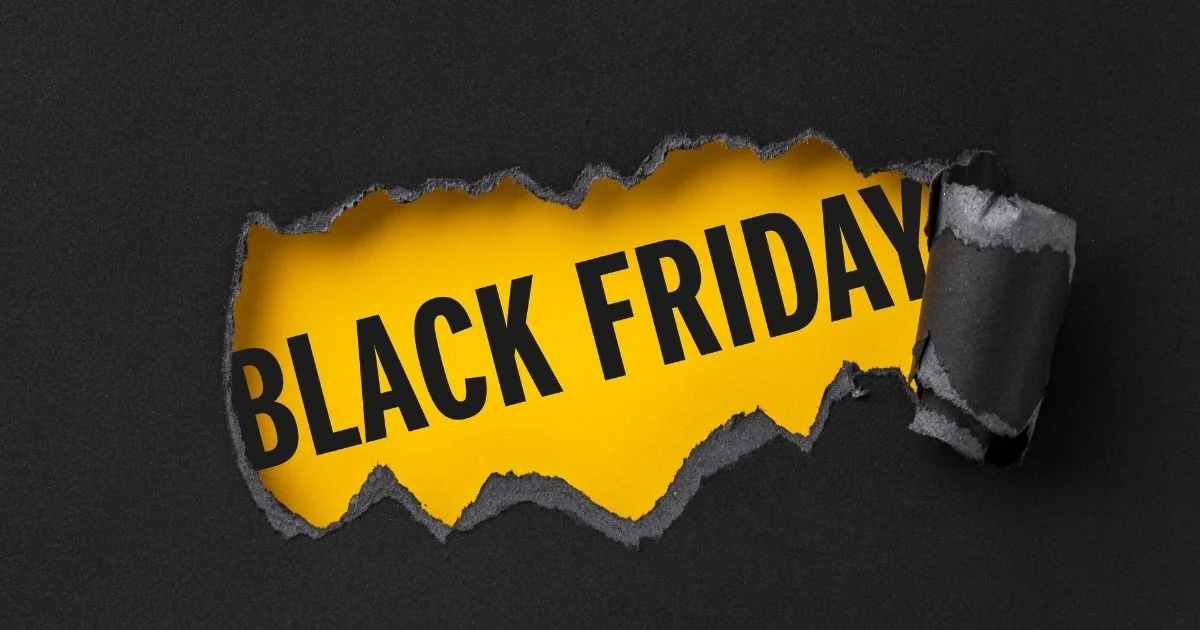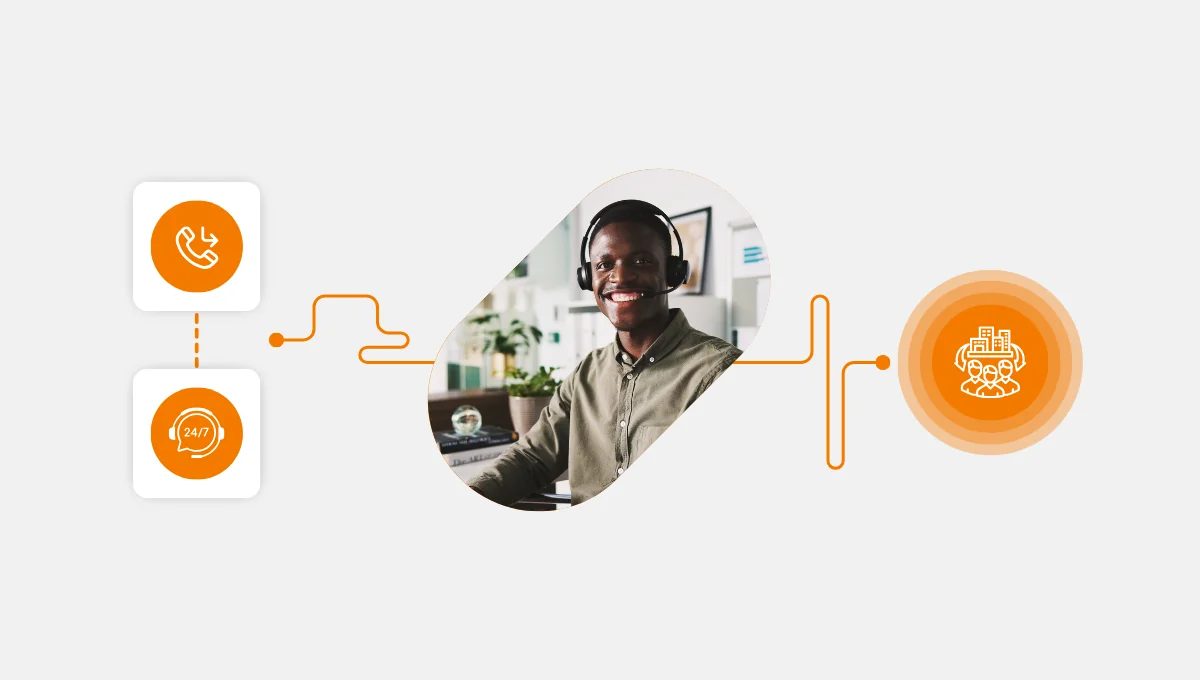If Black Friday were a movie, it would be a mash‑up of thriller, comedy, and disaster flick. Because on this day, support teams are scrambling to deal with:
- Carts piling up and then disappearing, and
- Websites groaning under traffic
However, behind all the madness sits something priceless: Customer Insights.
Every click, scroll, search, and purchase is basically a digital footprint that shows how your customers actually think. And the truth is, there’s no way to handle this massive data without AI.
So let’s dive into what AI can teach us about our Black Friday customer behavior, and how those lessons keep paying off long after the sales banners come down.
Lesson 1: Yes, Customers Want Discounts but Want Timing Too
We often assume price is everything on Black Friday. But timing is also important. Simply because:
- Some shoppers pounce at midnight drops.
- Others wait until Cyber Monday, hunting electronics deals.
- Specific segments won’t bite until they see “final chance” urgency.
Timing influences not only when people buy, but also how ready they are to engage when offers drop. Research shows 57% of consumers prefer to know about discounts in advance, while 21% even want the info a month ahead.
To reach this always-on mode, you need AI help. With machine learning, you can crunch:
- Historical sales data
- Web traffic patterns, and
- External factors like economic sentiment
…to predict when customers are most likely to convert.
By using AI, we can learn both what and when customers want.
🎯A regional leader in e-commerce manages its Black Friday traffic with Call Center Studio. As a result, order tracking efficiency increased by 42%
See the full story of how CCS designed a Chatbot using Google’s Dialogflow to automatically handle repetitive requests for its e-commerce partner.
Lesson 2: Personalization Still Wins, Even in the Frenzy
Black Friday feels like a free-for-all, but AI proves personalization doesn’t lose its power in the rush. Maybe you think personalization is a luxury during this rush, but still, there are three must‑have and easy ways to personalize with AI during Black Friday:
- Dynamic product recommendations: AI can watch what someone is browsing and instantly suggest the products they’re most likely to buy. For example, if a shopper spends a lot of time looking at winter boots, the system might highlight a best‑selling pair still in stock
- Bundle and cross‑sell suggestions: Think Netflix’s “Because you watched…” logic, but for carts. If a customer is eyeing noise‑cancelling headphones, AI can suggest compatible accessories or alternatives still in stock.
- Personalized offers and messaging: AI tailors discounts, urgency prompts, and copy based on purchase history or live engagement. For instance, a loyal sneaker buyer might get an early‑bird discount on new releases, while a first‑time visitor sees a limited‑time free shipping offer.
When you use AI for CX, you have relevant offers that always beat random ones.
Lesson 3: The Abandoned Cart Story Isn’t Hopeless
Cart abandonment is as much a part of Black Friday as long checkout lines at Target. But by using AI-based predictive models, you can analyze abandonment signals like:
- Time on site
- Product type
- Device
- Payment method
So instead of spamming every shopper with generic reminders, AI enables smart nudges like:
- Targeted emails,
- Time-sensitive incentives, or
- Alternative product suggestions.
At the end of the day, AI shows us when it’s smarter not to follow up. Skipping those cases saves your team time and keeps customers from feeling hassled.
Tech Tool Recommendation: Try Call Center Studio’s AI-powered contact center. You will find the needed tools from smile detection to speech analytics in one place.

Lesson 4: Sentiment Speaks Louder Than Transactions
Black Friday chatter doesn’t just happen on your website; it explodes on Twitter/X, TikTok, Reddit, and more. That’s where sentiment analysis comes in.
By using sentiments, you can know whether people feel positive, negative, or neutral. Sentiment analysis can do it by basically listening to conversations created online, like:
- Reviews,
- Posts, and
- Comments
This data gives contact centers real-time CX insights to act quickly.
For example, if checkout breaks under heavy traffic, AI can flag the wave of complaints before your inbox floods. You can jump in fast, reassure people, and even drop a quick update like, “We’re on it. Extra stock in 30 minutes!”
Or, if shoppers are raving (“Best deal I’ve seen all year!”), your team spots it thanks to AI, too, and amplifies the buzz across your channels.

Lesson 5: Post-Black Friday Insights Are the Real Prize
The most valuable insights don’t just explain what happened on Black Friday. They shape the strategy for the rest of the year. By using AI, you can answer questions like:
- Which segments responded best to urgency?
- Which channels drove the highest lifetime value?
- Which discounts attracted deal-hunters who never returned vs. loyal customers who stuck?
By blending contact center analytics and AI for CX, you can distinguish between noise and genuine signals. That means feeding Black Friday learnings into your:
- Retention strategy
- Product roadmap
- Year-round personalization playbook
Winning Black Friday is lovely. Turning those buyers into long-term loyalists is better.
So, next Black Friday, don’t just see the frenzy. See the patterns. Because while customers are chasing deals, AI and cloud contact center software are helping you chase something even more valuable: understanding.
And understanding your customers? That’s the kind of deal worth keeping every day of the year.





